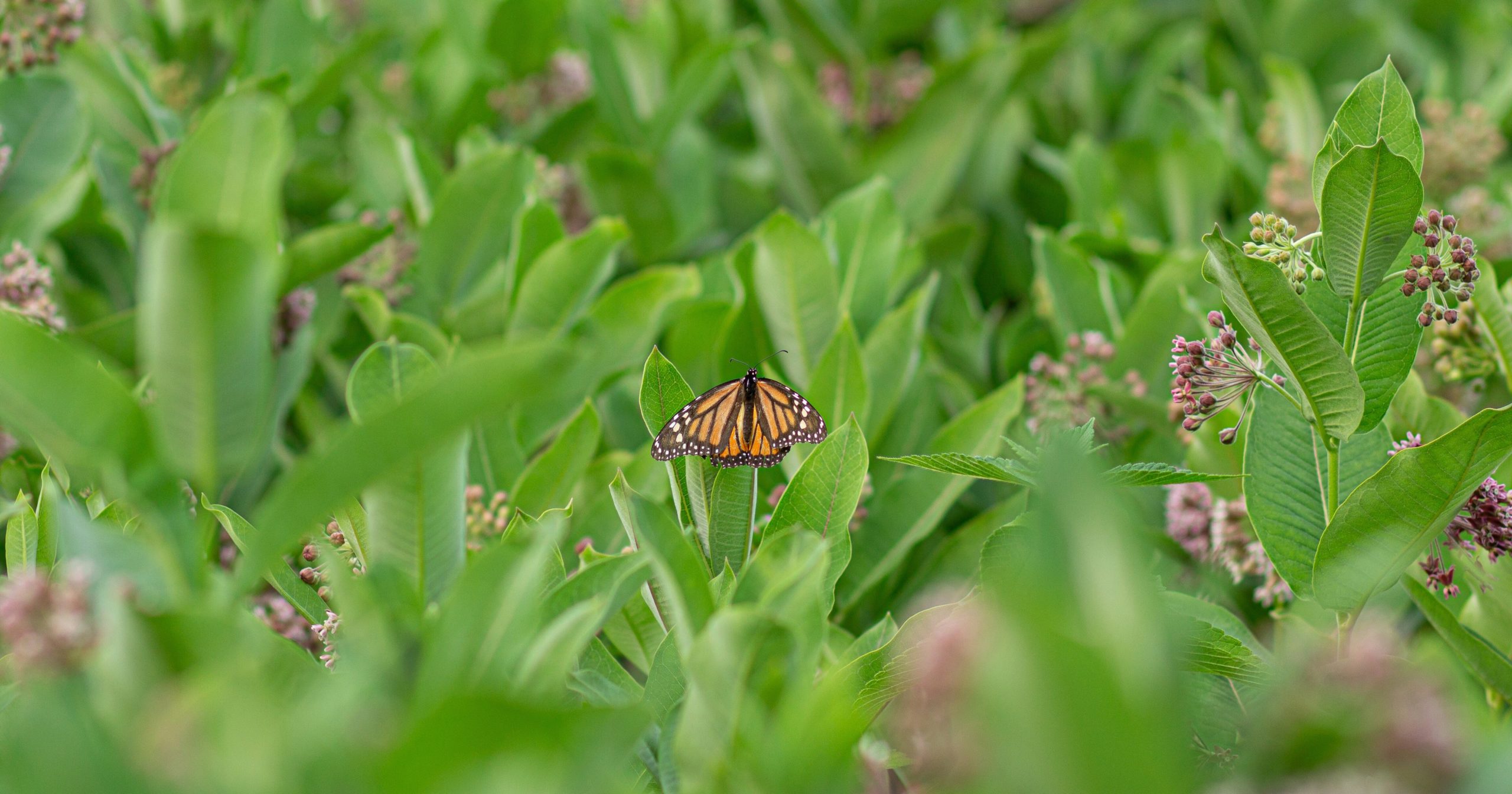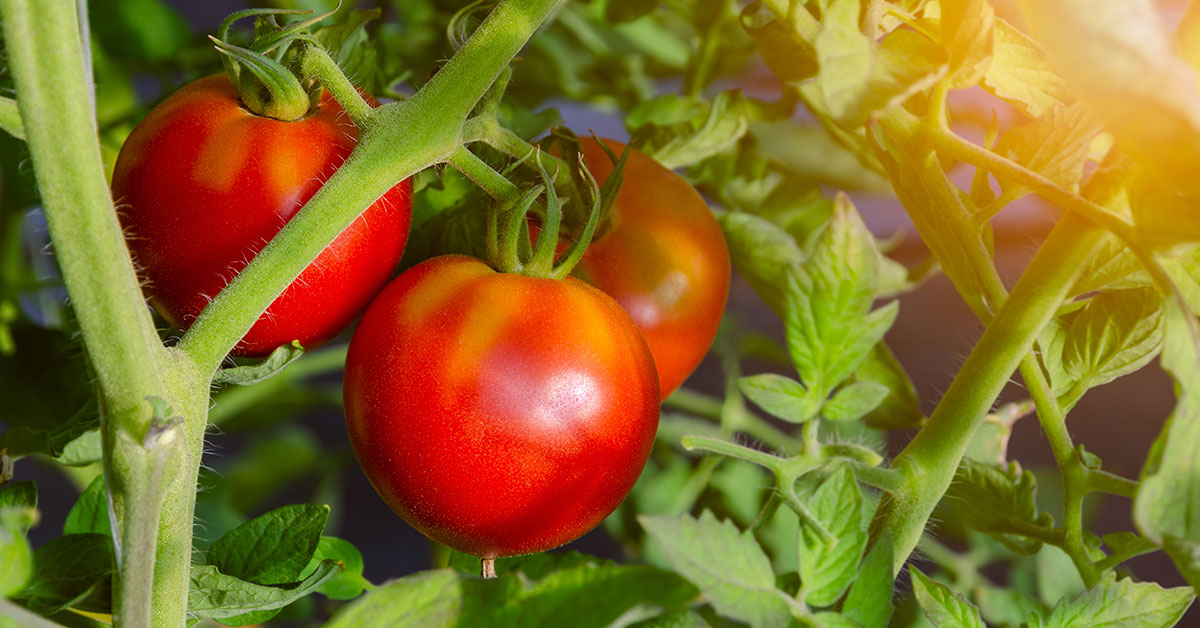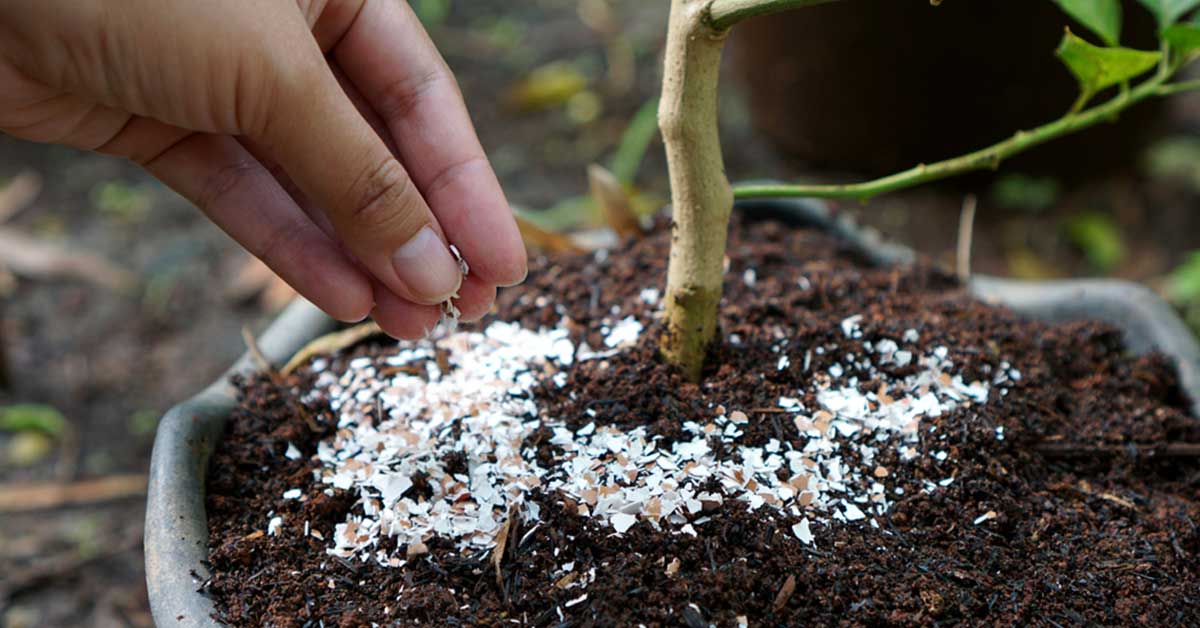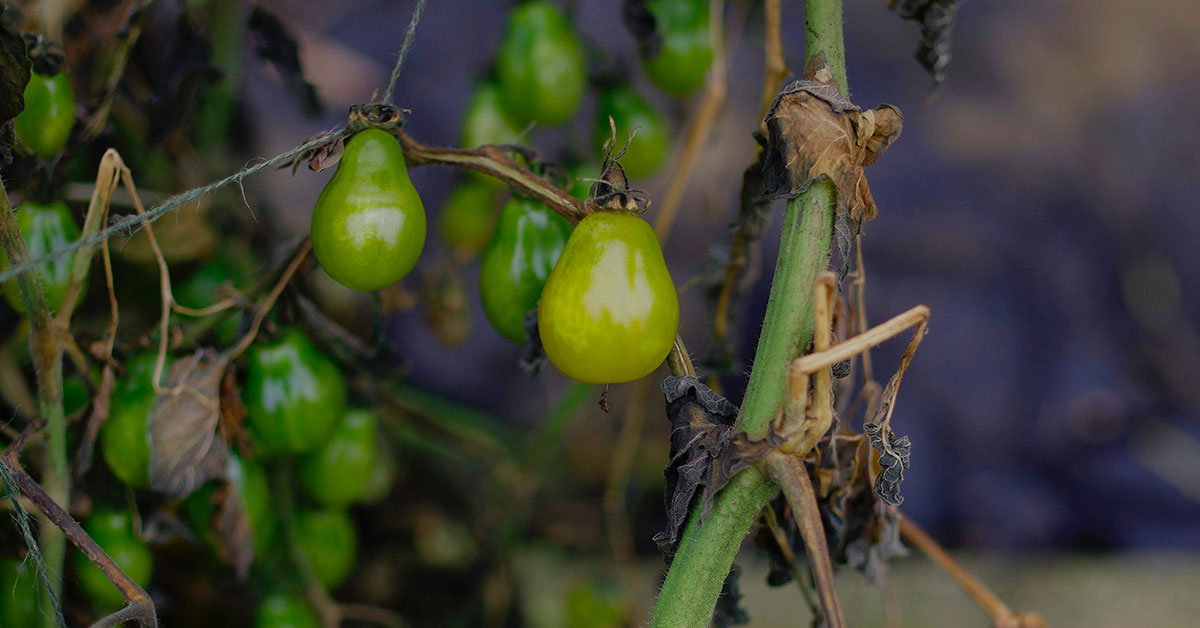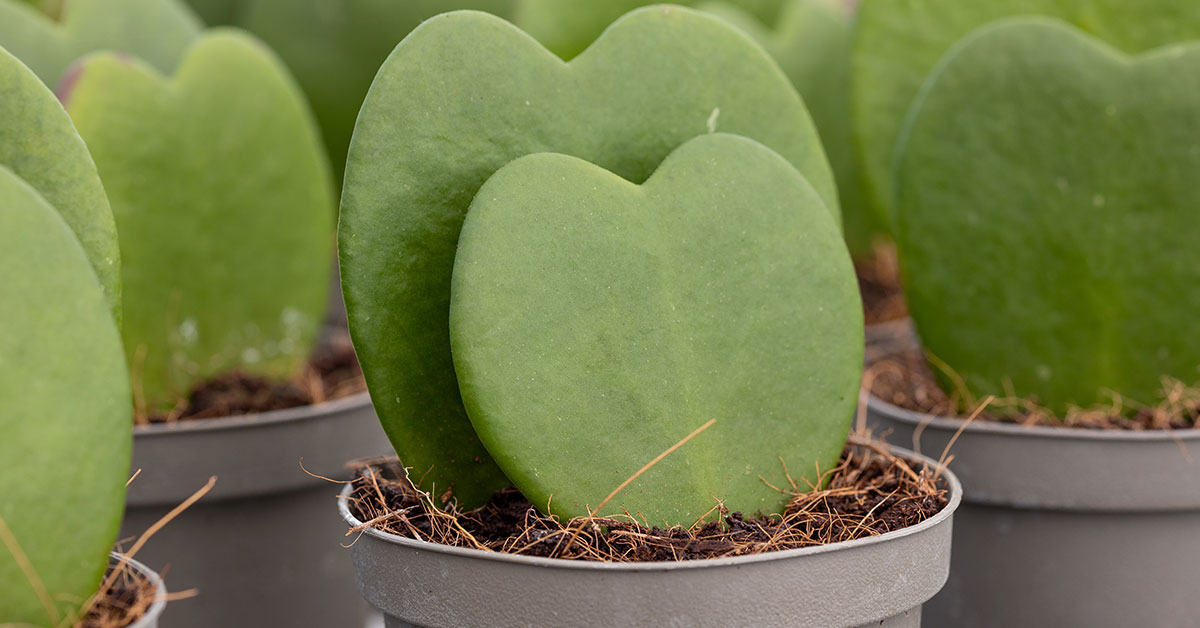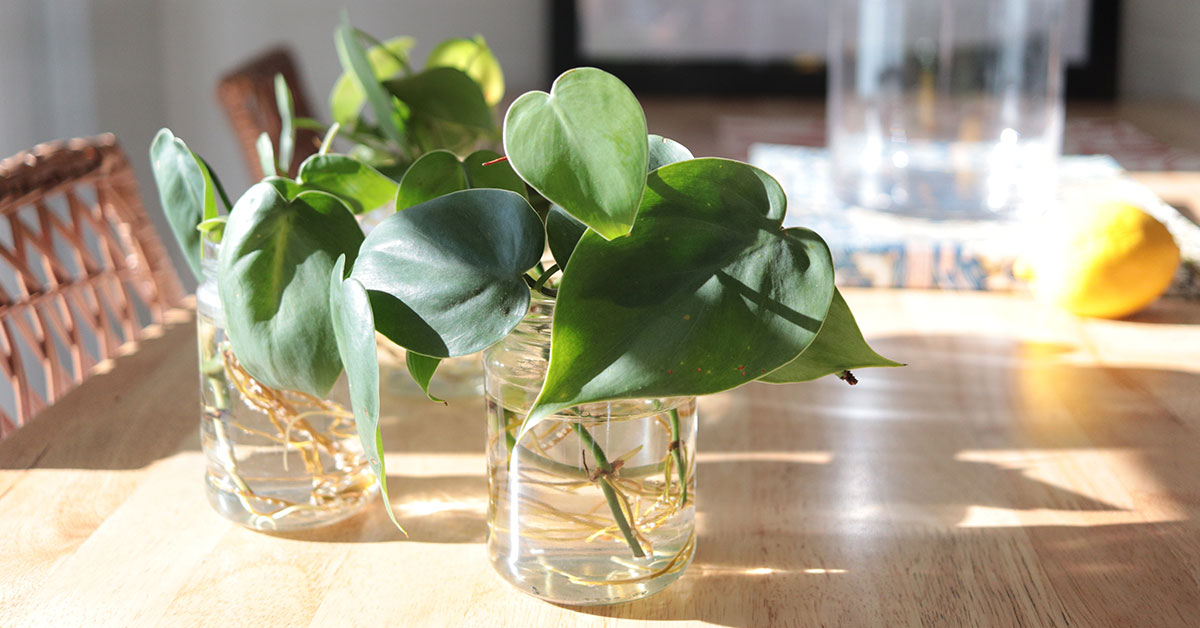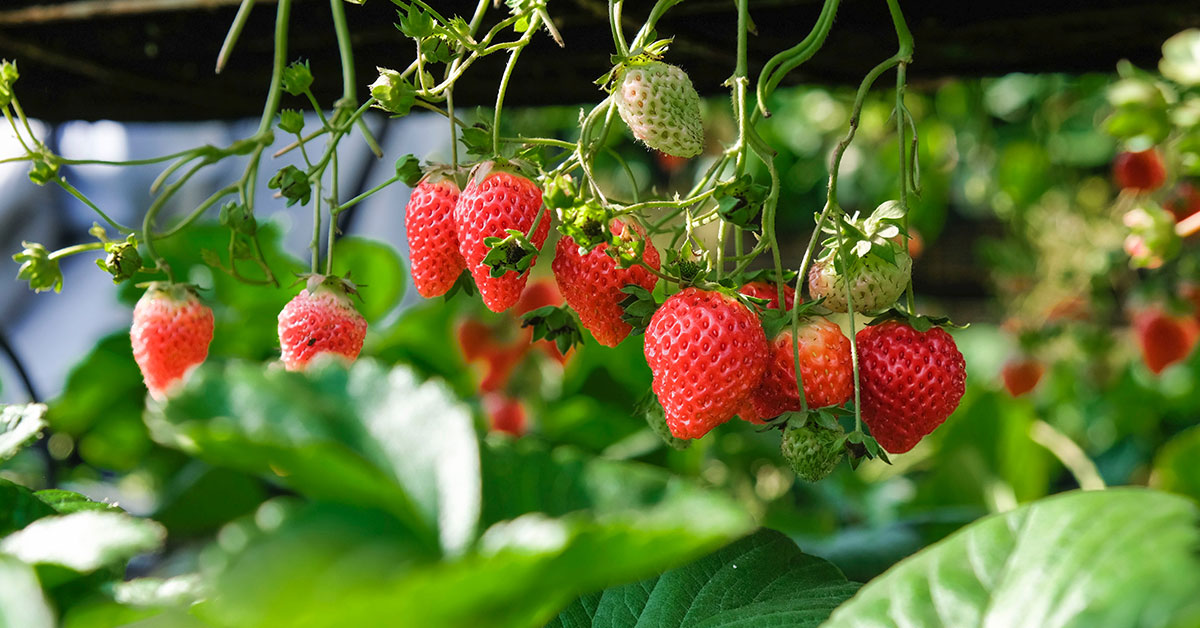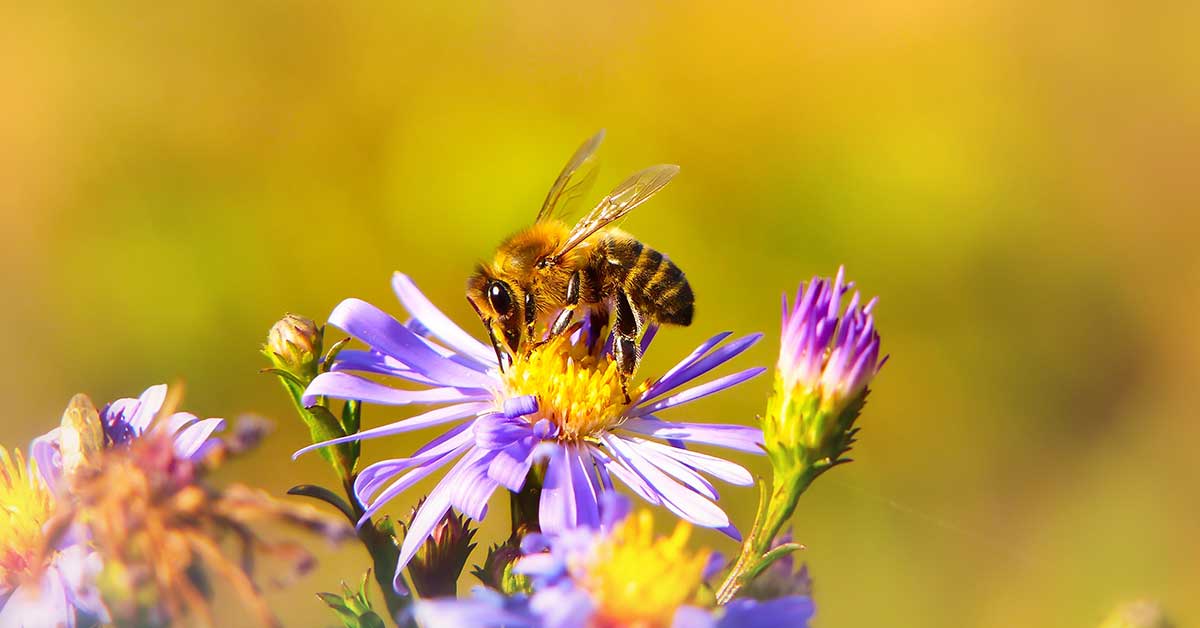Milkweed is a crucial plant for many ecosystems, particularly for the survival of monarch butterflies. However, it has garnered a reputation for being invasive and problematic in gardens, leading many gardeners to shy away from planting it. As a passionate gardener who loves to see thriving, diverse gardens, I’m here to bust some common myths about milkweed and reassure you that it’s a fantastic addition to your garden.
In this article, we’ll explore and debunk several myths surrounding milkweed, addressing concerns about its invasiveness and other misconceptions. By the end, you’ll have a clear understanding of why milkweed is a valuable plant to include in your garden. Let’s dive in and uncover the truth about milkweed!
Myth: Milkweed Is Invasive
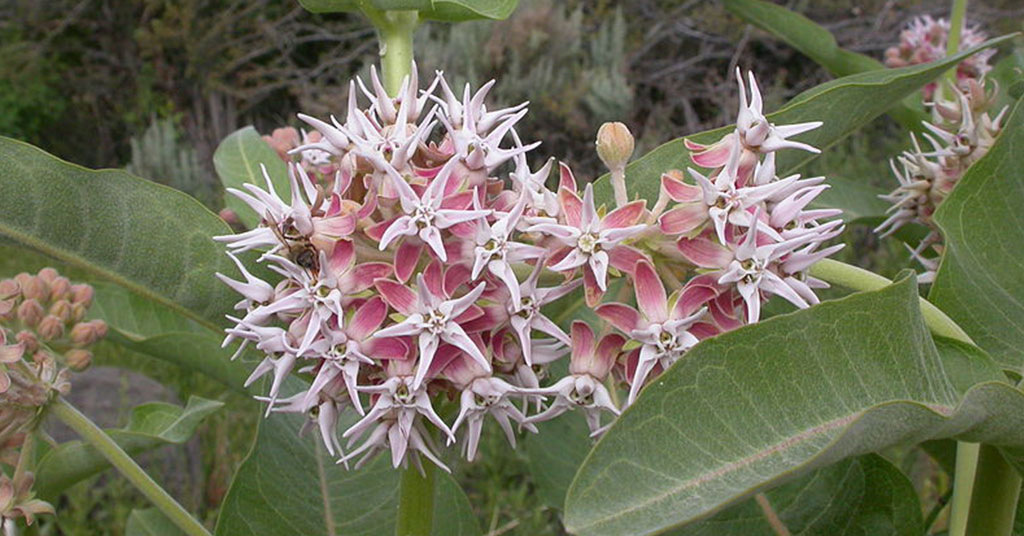
One of the most pervasive myths about milkweed is that it is invasive and will take over your garden. While it’s true that milkweed can spread through rhizomes and seeds, it’s not as aggressive as many believe. In fact, milkweed’s spreading nature can be easily managed with regular maintenance and proper placement in your garden.
By planting milkweed in designated areas and routinely removing unwanted seedlings, you can control its growth. Milkweed’s benefits far outweigh its spreading tendencies, as it provides essential habitat and food for monarch butterflies and other pollinators. Embrace milkweed’s natural growth patterns and enjoy the biodiversity it brings to your garden!
Myth: Milkweed Attracts Pests
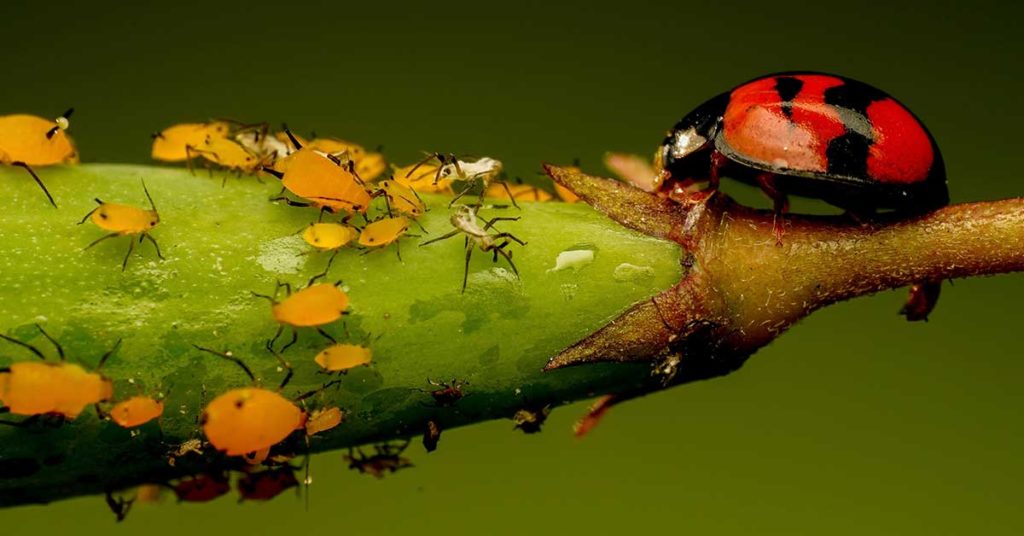
Another common misconception is that milkweed attracts harmful pests to your garden. While it’s true that milkweed is a host plant for monarch caterpillars, which some might consider pests, these caterpillars are vital for the survival of monarch butterflies. Other insects that visit milkweed, such as milkweed beetles and aphids, typically do not cause significant harm to the plant.
Most of the insects attracted to milkweed play beneficial roles in the garden ecosystem, including predatory insects that help control pest populations. Encouraging a diverse range of insects, including those attracted to milkweed, can lead to a healthier, more balanced garden. Don’t let the fear of pests deter you from planting this vital species!
Myth: Milkweed Is Toxic to All Animals
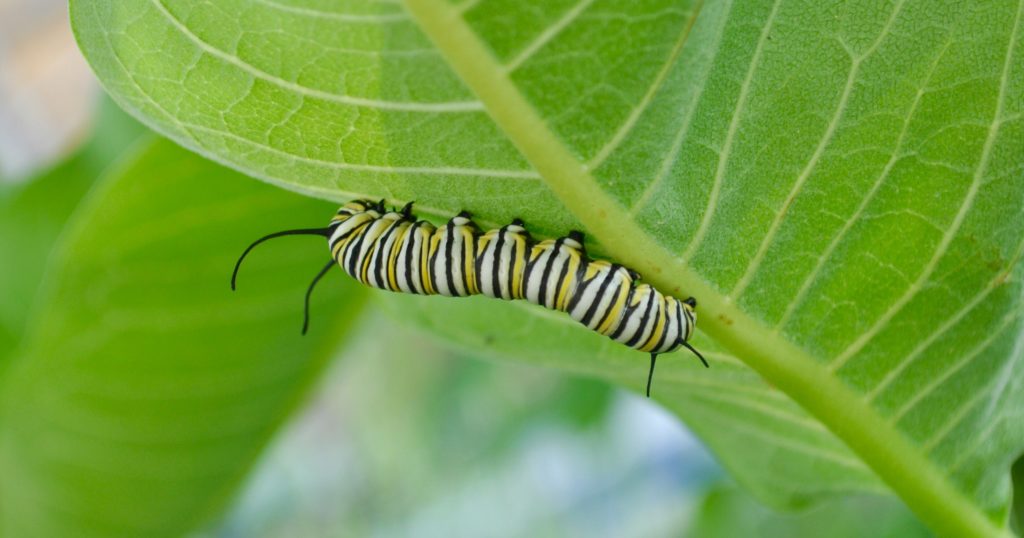
Milkweed contains compounds called cardenolides that can be toxic to certain animals if ingested in large quantities. However, this does not mean milkweed is harmful to all wildlife. Many animals, including monarch caterpillars, have evolved to feed on milkweed without adverse effects. The toxicity can actually benefit your garden by deterring herbivores from munching on your plants.
It’s essential to note that while milkweed can be toxic to livestock if consumed in large amounts, it poses little risk to pets and humans when grown responsibly in a garden setting. Educating yourself about the specific types of milkweed and their uses can help mitigate any potential risks. Enjoy the beauty and benefits of milkweed while keeping safety in mind.
Myth: Milkweed Requires a Lot of Maintenance
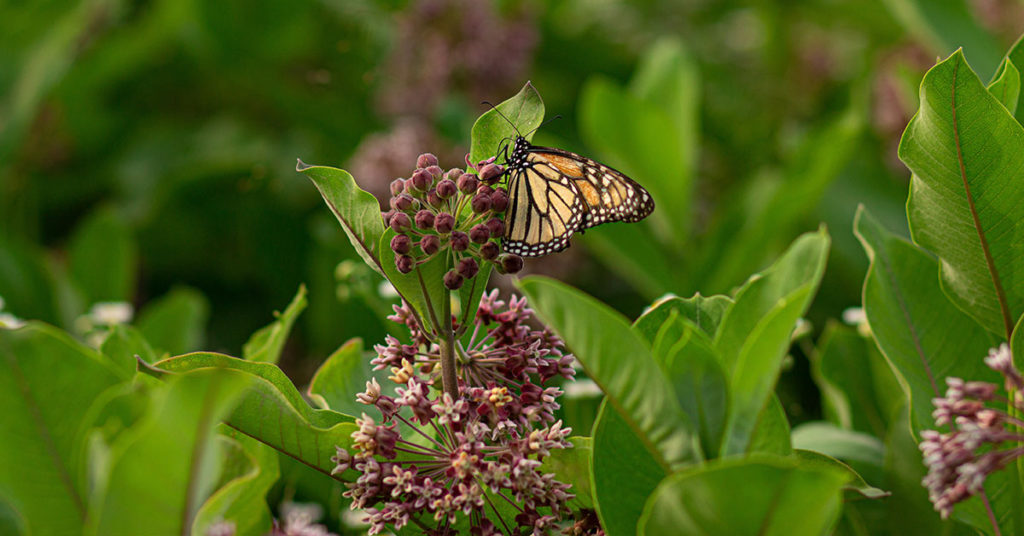
Some gardeners believe that milkweed requires extensive maintenance and care. In reality, milkweed is a hardy, low-maintenance plant that thrives in various conditions. Once established, it requires minimal watering and can tolerate poor soil. Regular deadheading can help control its spread and encourage more blooms.
Milkweed’s resilience makes it an excellent choice for both novice and experienced gardeners. By providing basic care such as occasional watering during dry spells and removing unwanted seedlings, you can enjoy the benefits of milkweed without dedicating excessive time to its upkeep. One of my favorite plants for low-maintenance gardening!
Myth: Milkweed Is Only for Monarchs
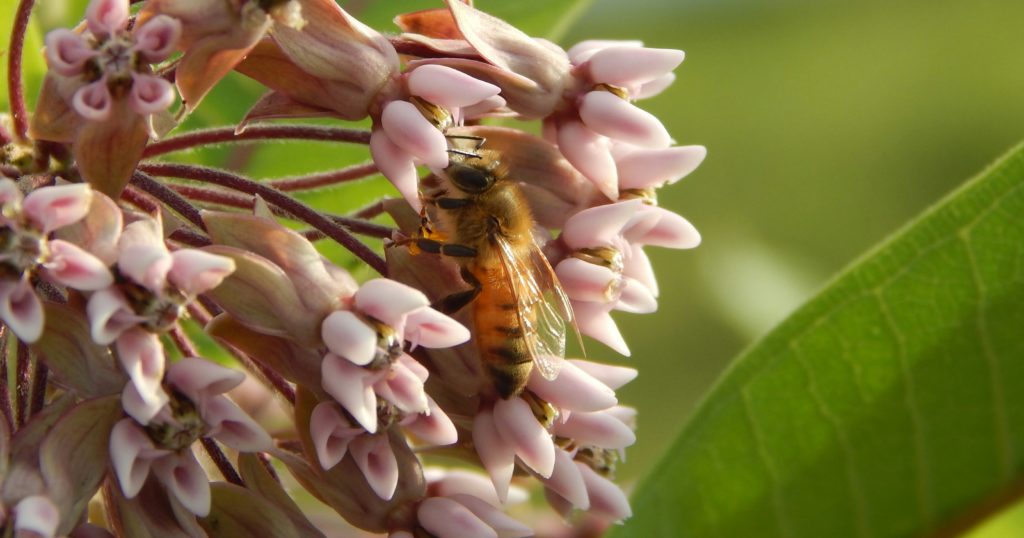
While milkweed is best known for its role in the monarch butterfly lifecycle, it also supports a wide range of other pollinators and beneficial insects. Bees, beetles, and other butterfly species are attracted to milkweed’s nectar-rich flowers, contributing to a thriving garden ecosystem.
Planting milkweed not only helps monarchs but also enhances the overall biodiversity of your garden. By providing food and habitat for various pollinators, milkweed plays a vital role in maintaining a healthy, balanced environment. I love seeing the variety of wildlife that visits my milkweed plants throughout the growing season!
Myth: Milkweed Doesn’t Look Good in Gardens

Some gardeners avoid milkweed because they believe it doesn’t fit the aesthetic of a well-manicured garden. However, milkweed comes in many varieties, each with its own unique beauty. From the vibrant orange of butterfly weed (Asclepias tuberosa) to the delicate pinks of swamp milkweed (Asclepias incarnata), there’s a milkweed species to suit any garden style.
Incorporating milkweed into your garden design can add color, texture, and visual interest. Plant it alongside other native perennials and ornamental grasses for a natural, cohesive look. Embrace the beauty of milkweed and create a stunning garden that supports wildlife and pleases the eye!
Myth: Milkweed Is Difficult to Grow from Seed
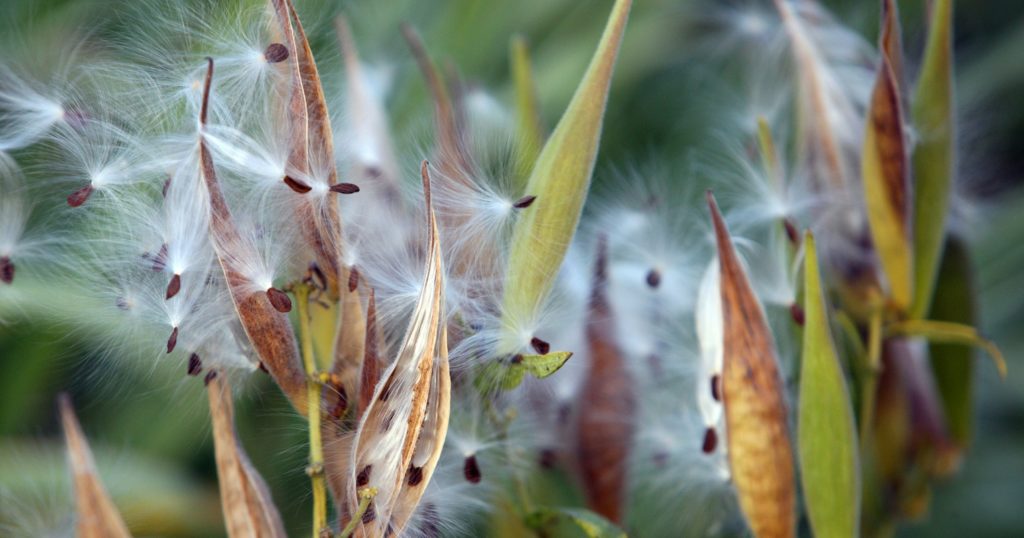
Many believe that milkweed is challenging to grow from seed, but with the right techniques, it can be quite straightforward. Milkweed seeds need a period of cold stratification to germinate, which mimics their natural winter dormancy. This can be achieved by refrigerating the seeds for a few weeks before planting.
Once stratified, milkweed seeds can be sown directly in the garden or started indoors. They require light to germinate, so barely cover the seeds with soil. With proper care and patience, you can successfully grow milkweed from seed and enjoy the satisfaction of cultivating this essential plant from scratch.
Myth: Milkweed Can’t Be Grown in Containers
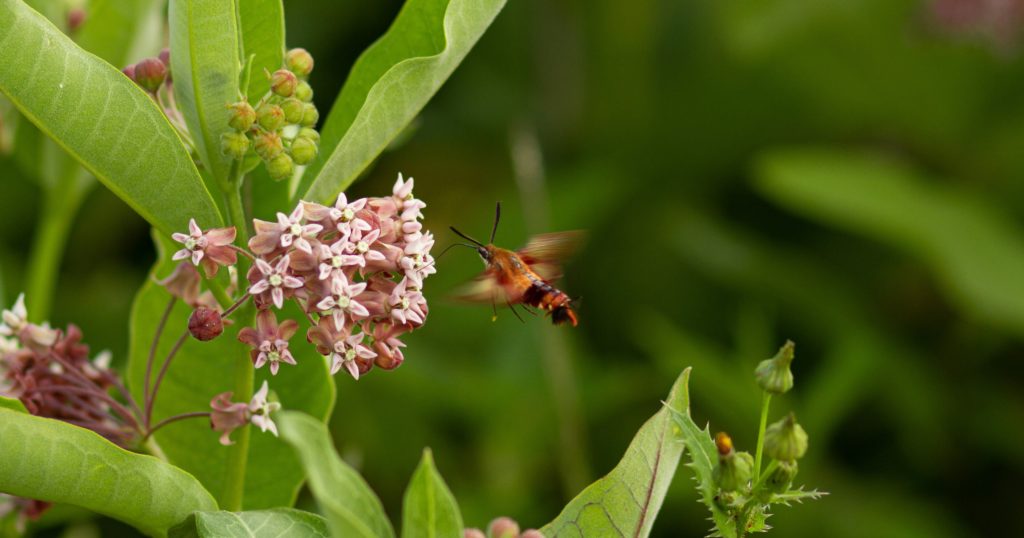
Another myth is that milkweed cannot thrive in containers. While it’s true that milkweed has deep roots, certain species can adapt well to container gardening. Swamp milkweed and butterfly weed are excellent choices for pots and can be grown successfully with proper care.
When growing milkweed in containers, choose a large pot with good drainage and use a well-draining soil mix. Regular watering is crucial, especially during hot weather. Container-grown milkweed can be a fantastic addition to patios, balconies, and small garden spaces, allowing you to support pollinators even if you lack garden beds.
Myth: All Milkweed Species Are the Same

Not all milkweed species are alike, and some are better suited to specific regions and conditions than others. There are over 100 species of milkweed, each with unique characteristics. Selecting the right species for your area ensures better growth and greater benefits for local pollinators.
Research the milkweed species native to your region and choose varieties that match your garden conditions. Native species will be more resilient, require less maintenance, and provide the best resources for local wildlife. Embracing the diversity of milkweed species can enhance your garden’s health and biodiversity.
Myth: Milkweed Can Be Planted Anywhere
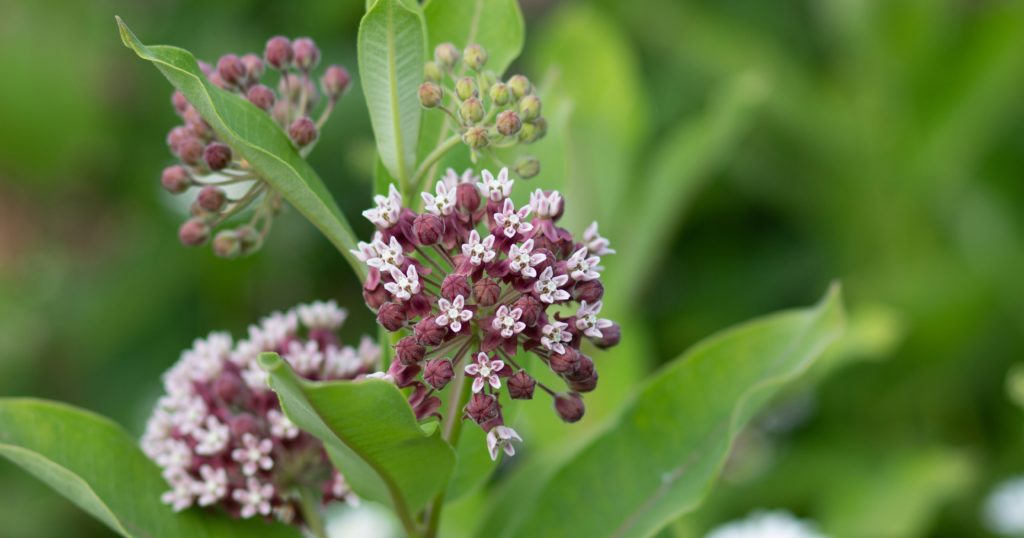
While milkweed is versatile, planting it without consideration can lead to suboptimal growth. Milkweed prefers sunny locations with well-drained soil, although some species can tolerate wetter conditions. Placing milkweed in unsuitable environments can stunt its growth and reduce its benefits for pollinators.
Evaluate your garden’s conditions and select milkweed species that match your site’s sun exposure and soil type. By providing the right environment, you’ll ensure robust growth and plentiful blooms. Your milkweed will thrive, and so will the pollinators it supports!
By debunking these common milkweed myths, I hope to inspire you to embrace this wonderful plant in your garden. Each of these tips helps ensure your milkweed grows beautifully and supports a thriving ecosystem.
